As always you should use the best olive oil you can buy. The pine-nuts should be somewhat pear shaped and an ivory color. The radish greens look odd, but they are quite edible and have a slight peppery finish; perfect for pesto.
Yulmoo Radish Leaves
These are also called "baby radish." The radish themselves are small white tubers, and while edible, hardly worth the time and trouble to clean and peel. What you are really after here are the leaves. The leaves are slightly thick and leathery, but not quite so much as chard.
Cotija Cheese
The Cotija (ko * tee * ha) cheese is an excellent choice as it is as savory as Parmesan, but with a slightly different flavor. I recommend buying a small quantity at first. Cotija can be purchased pre-shredded or in a block. It is also known as "Mexican Parmesan," but is considerably cheaper than the Italian cheese.
Pine-Nuts
Pine-nuts are expensive. I believe this is primarily due to how labor intensive it is to remove the nut from the pine-cone. Still, a little goes a long way. I make pesto about once a month and a five ounce package has lasted me six months. Not bad for an item that is about eight dollars for less than half a pound.
Roasting
When roasting the pine-nuts keep a close eye on them. They tend to cook very quickly and going from the ivory color to a roasted brown can take mere seconds. Burned pine-nuts are very bitter and will ruin the pesto. In other pesto recipes I've tried the recommended method of roasting the nuts was either "dry-pan" frying or oven roasting. The dry-pan method only browns a small part of the entire nut and the oven roasting requires opening the oven often to make sure you don't burn them. Neither method is particularly easy.
Roasting the nuts in oil means they get an even browning and you can see the progress with no problems. Since you are going to have to add olive oil to the pesto anyway why not this method?
Pesto Consistency
The object is to get all of the ingredients into a paste-like consistency. Since the radish is a bit tough you want to chop this up first. After that add the pine-nuts and garlic and chop for a slightly finer consistency. Finally, when the pesto is just about the right fineness you want to add the cheese and chop until a paste-like consistency is reached.
Using the Pesto
You can use this pesto as you would the Italian version. I like to add mine to cooked pasta, cooked rice, on crusty bread, and as a topping to spaghetti with marinara sauce.


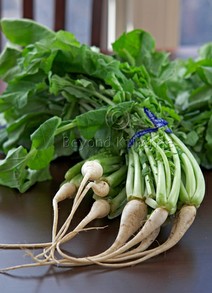
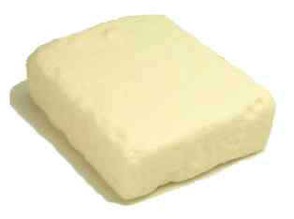
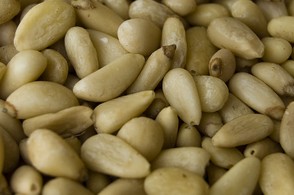
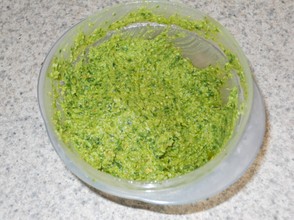
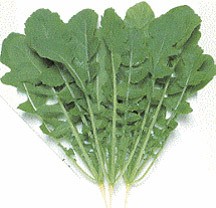
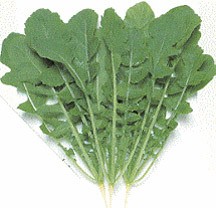

 Crêpes and Crêpe Disheson 09/14/2016
Crêpes and Crêpe Disheson 09/14/2016
 About Me - Liam Beanon 11/28/2014
About Me - Liam Beanon 11/28/2014
 About Ebolaon 11/08/2014
About Ebolaon 11/08/2014


Comments